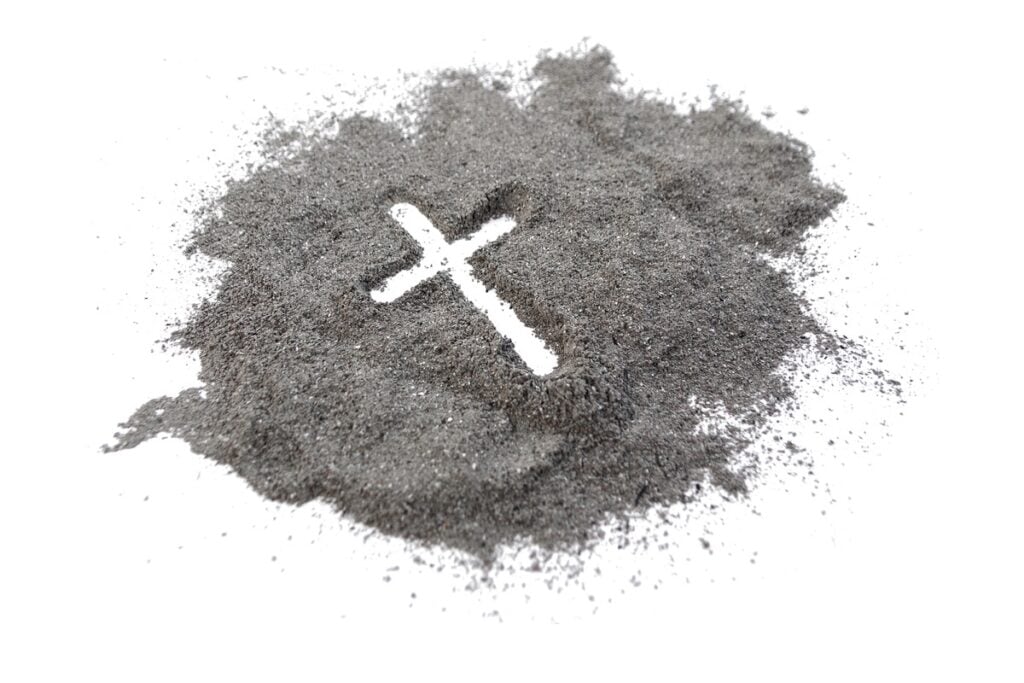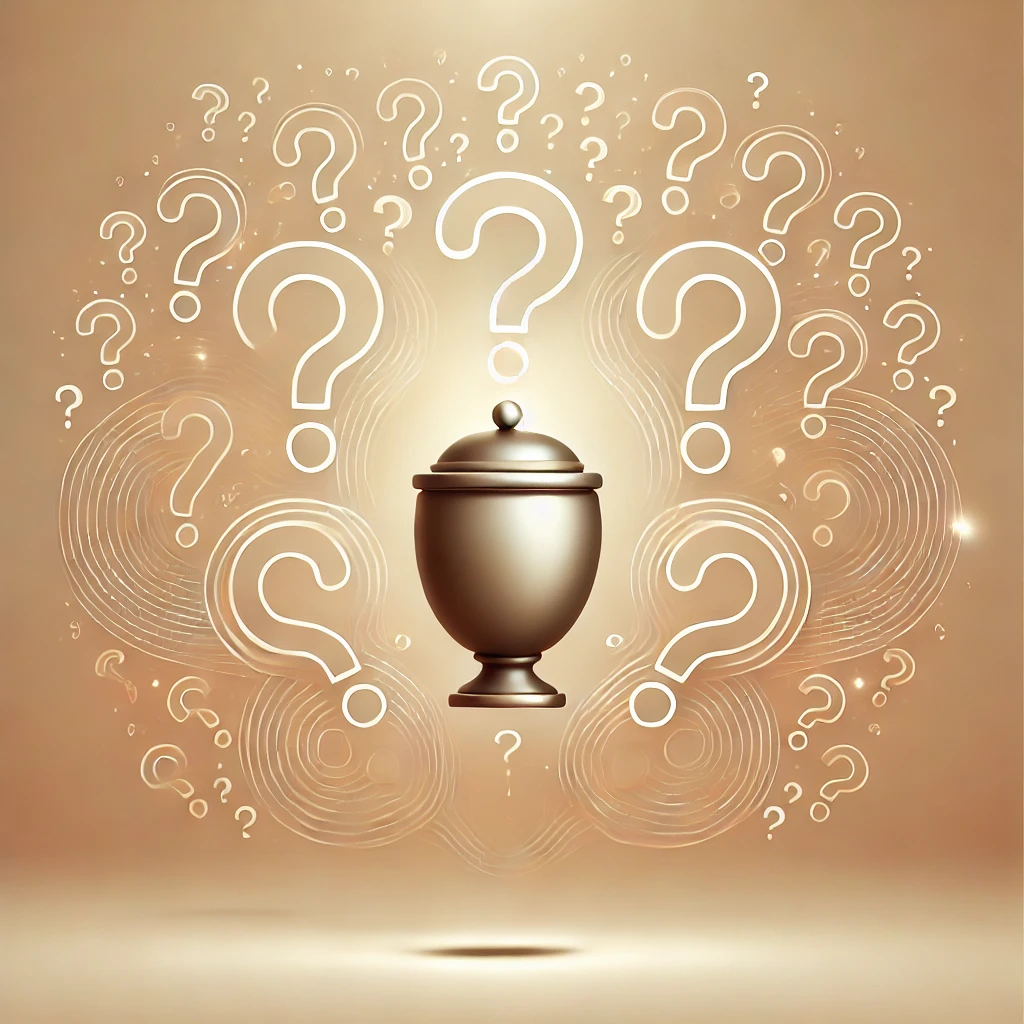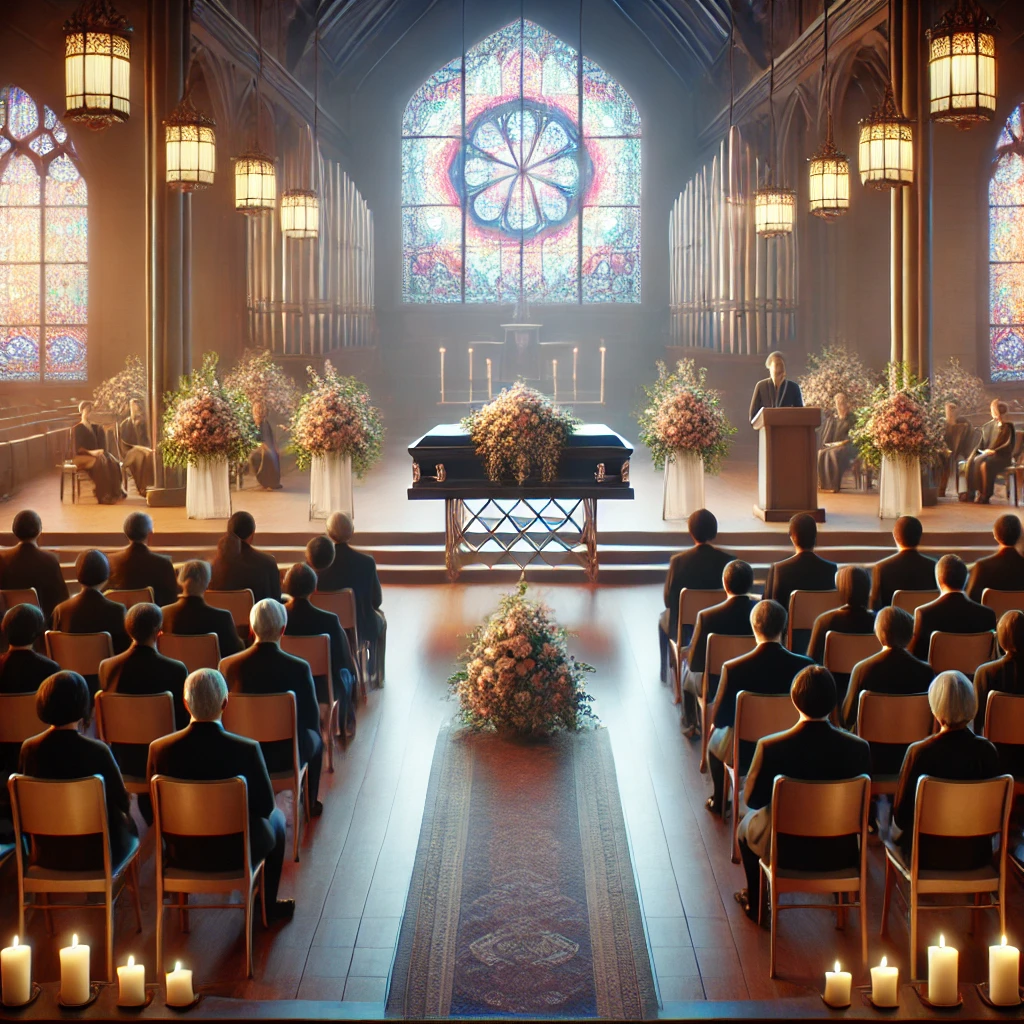Scattering ashes has become an increasingly popular choice for those who opt for cremation, but understanding how various religions view this practice is essential for individuals who want their decisions to reflect their beliefs or the wishes of their loved ones. This guide explores different religious perspectives on scattering ashes to provide clarity and insight into this sensitive topic.
Christianity
The views within Christianity on cremation and the scattering of ashes are varied, influenced by centuries of doctrine and changing interpretations.
- Catholicism: The Catholic Church historically discouraged cremation, favoring burial as a sign of respect for the body. However, in 1963, the Church lifted its prohibition, allowing cremation provided that it does not demonstrate a denial of faith in the resurrection of the body. The 2016 Vatican instruction Ad resurgendum cum Christo emphasizes that ashes should be kept in a sacred place such as a cemetery and not scattered or divided among family members.
- Protestantism: Protestant denominations generally exhibit more flexibility regarding cremation and ash scattering. While practices can differ, many Protestant groups see the scattering of ashes as a symbolic return to the earth, reflecting the biblical idea of “ashes to ashes, dust to dust.”
- Eastern Orthodox: The Eastern Orthodox Church strongly opposes cremation and, by extension, the scattering of ashes. It views burial as a means to honor the sanctity of the body, which is considered a temple of the Holy Spirit.
Hinduism
Hinduism has specific rituals related to the treatment of the body after death, making cremation and the scattering of ashes common practices.
- Hindus believe in the cycle of life, death, and rebirth, and cremation facilitates the release of the soul from the body. The scattering of ashes, especially in sacred rivers like the Ganges, is deeply symbolic. This act is believed to purify the soul, aiding its journey toward moksha (liberation) and breaking the cycle of reincarnation.
Buddhism
Buddhist beliefs around cremation and scattering ashes emphasize the impermanence of life and the detachment from physical forms.
- Cremation is generally accepted in Buddhism, with the scattering of ashes seen as a way to embrace the natural cycle of life. The choice of where to scatter the ashes often holds personal or spiritual significance, such as places that held importance to the deceased. This practice aligns with the understanding that the physical body is transient and not the essence of a person.
Islam
Islam maintains specific guidelines for handling the deceased, rooted in a strong tradition of respect for the body.
- The religion strictly prohibits cremation and, therefore, the scattering of ashes. Islamic teachings call for the body to be buried whole, facing Mecca. This practice is viewed as a way to honor the body, which is believed to be a trust from God. Any deviation from burial, including cremation or scattering ashes, is generally considered contrary to Islamic law.
Judaism
Within Judaism, views on cremation and the scattering of ashes vary widely, influenced by different branches of the faith.
- Orthodox Judaism: Cremation is not permitted, as traditional Jewish teachings stress burial as the proper way to show respect for the body. The idea of scattering ashes is also rejected, as the body should remain intact and be returned to the earth.
- Reform Judaism: More liberal branches, such as Reform Judaism, may accept cremation but still often discourage scattering ashes. When cremation is chosen, ashes are typically buried or placed in an urn as a way to show respect for the deceased.
Sikhism
In Sikhism, cremation and ash scattering are common practices, reflecting beliefs about life and the soul’s journey.
- Cremation is the preferred method for handling the body after death. The scattering of ashes into a river or other body of flowing water is symbolic of returning to nature and acknowledging the oneness of life. This practice is grounded in the belief that the soul continues its journey after death, and the body, once cremated, is no longer needed.
Indigenous Beliefs
Indigenous beliefs and practices regarding cremation and ash scattering can differ greatly across various cultures and tribes.
- Many Indigenous communities have traditions deeply rooted in respect for the natural world and its cycles. While some may embrace scattering ashes as a way to return to the earth, others may have specific rituals or customs that guide how remains should be treated. It is important to understand the unique traditions of each tribe or community, as generalizations can oversimplify these diverse practices.
Secular Perspectives
For those who are not religious or identify with secular beliefs, the choice to scatter ashes often comes down to personal preference and symbolism.
- People may choose to scatter ashes in locations that held meaning for the deceased, such as a favorite park, mountain, or body of water. This practice can symbolize freedom, connection to nature, or the celebration of a loved one’s life. It is typically influenced by personal or cultural values rather than religious mandates. See ash scatterng rules in the U.S. and Canada







